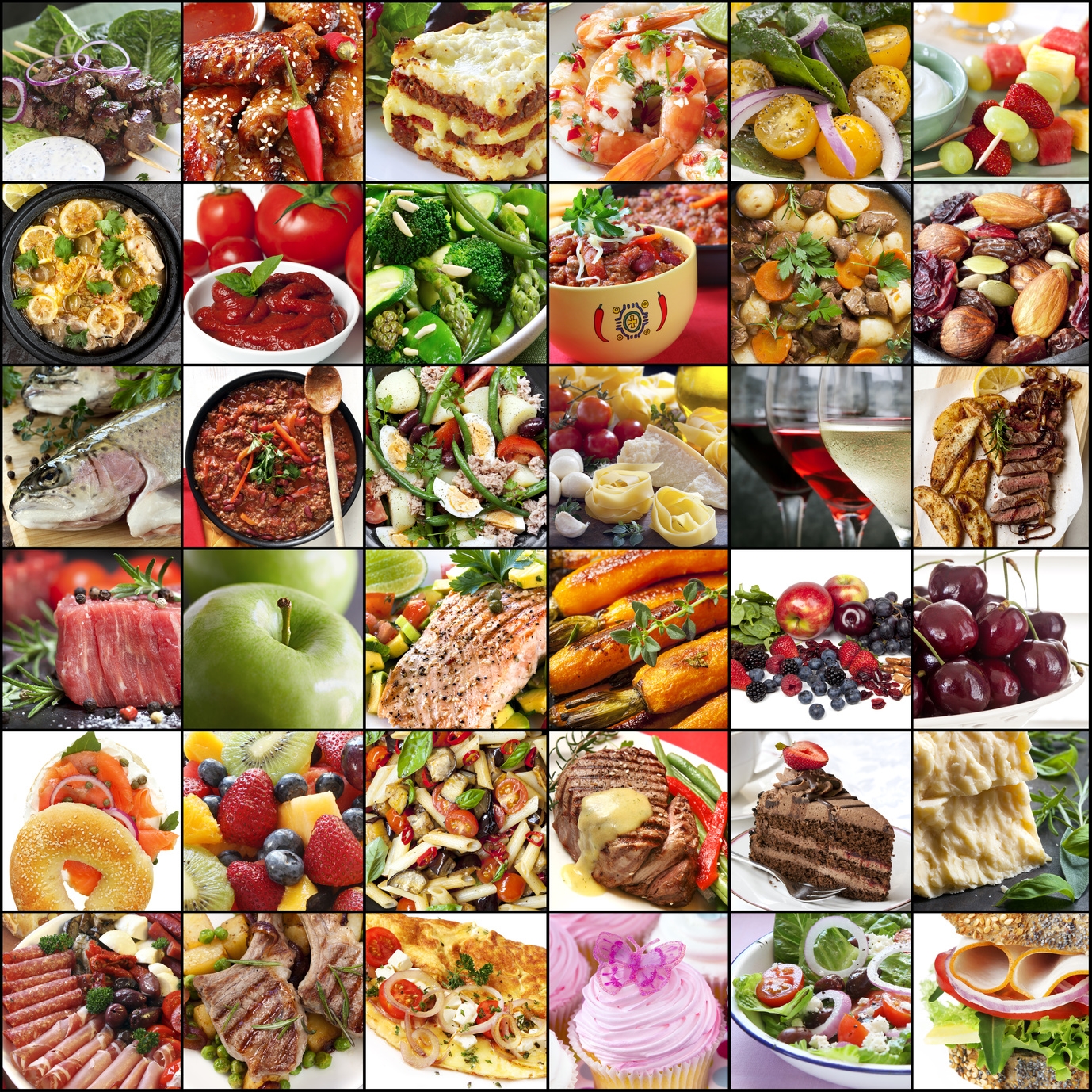Food Combining
Today's pharmaceutical markets seem to be filled with digestive aids, dietary aids, aids for indigestion, for gas, acid reflux, and such. This creates confusion, wrong thinking and an approach to diet that leads to chronic disease and other disorders.
Āyurveda has a very practical and logical approach for determining the correct diet. This is based upon an individual's constitution: Vāta, Pitta, and Kapha. This is quite different from the Western or the contemporary way of looking at diet which looks at counting calories, food pyramids, and the like.
Each food has its own taste (rasa), heating or cooling energy (vīrya), and a post digestive effect (vipāka). There's also prabhāva, an unexplained effect, that comes into play at times. When a person consumes foods together that have different tastes, heating or cooling effects, or post digestive effects it can lead to agni, the digestive fire, becoming overloaded or confused. This can lead to indigestion, gas, heartburn or any other variety of digestive disorders. It could also lead to the formation of āma, a toxic substance that leads to many disorders, both physical and mental.
For example, milk has a sweet post digestive effect and fruit has a sour post digestive effect. Taken together they can diminish agni, which can lead to a variety of digestive issues. The words 'milk' and 'sour' are not ones that go together well!
There are some general principles that one can use to introduce themselves to the concept of combining. Eating fruit alone is a good one to start with. Also, avoid eating raw and cooked foods together or eating fresh foods with leftovers.
Here are some useful tips for one to keep strong agni, or digestive fire:
Chew your food well, eat in a relaxed and comfortable atmosphere and avoid eating on the run.
Take a few small sips of warm water during your meal.
Also, taking a bite of ginger with a pinch of salt 15 minutes prior to the meal will serve to aid digestion.
Drinking ice water before, during, or after a meal is highly not recommended. In fact, drinking ice water is discouraged in Āyurveda with few exceptions.
Never cook honey. Its molecular structure changes with cooking and becomes somewhat of a 'glue' which can lead to congestive and other issues.
As stated, Āyurveda looks at each individual. Therefore, if one has grown up culturally eating certain food combinations the body has most likely adapted and made itself somewhat accustomed to this, so it is alright occassionally.
The issue or topic of food combining can be perceived to be a very complicated one or can be one that is open for debate. We won't go into deep detail here on the principles or reasons for food combining. Instead, below is a brief chart that gives one an idea of combinations to look for.
Remember to take it easy on yourself. Eating a bad combination every now and then is alright. Just avoid making it a habit!
Take it slow and introduce yourself to the concept of food combining. And keep in mind, the best way to keep healthy agni and overall wellness is to eat for your constitution.
Begin by applying some of the concepts in the chart below. Then take a look at the second chart.
An excellent reference is the book Ayurvedic Cooking For Self-Healing by Usha and Dr. Vasant Lad.
The detailed chart below is provided courtesy of the Ayurvedic Institute, Albuquerque, NM
Leave your drugs in the chemist’s pot if you can heal the patient with food.
Hippocrates




